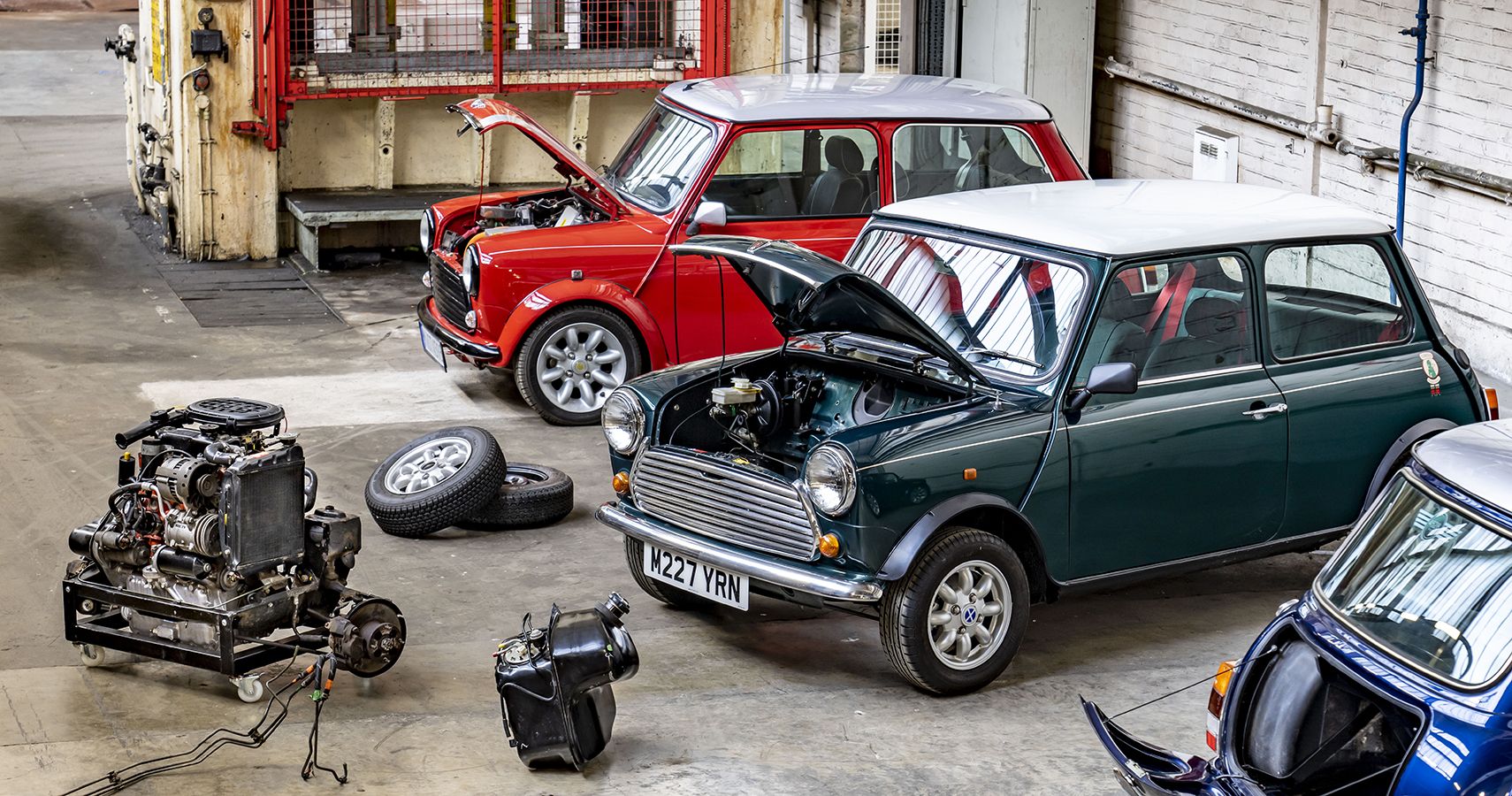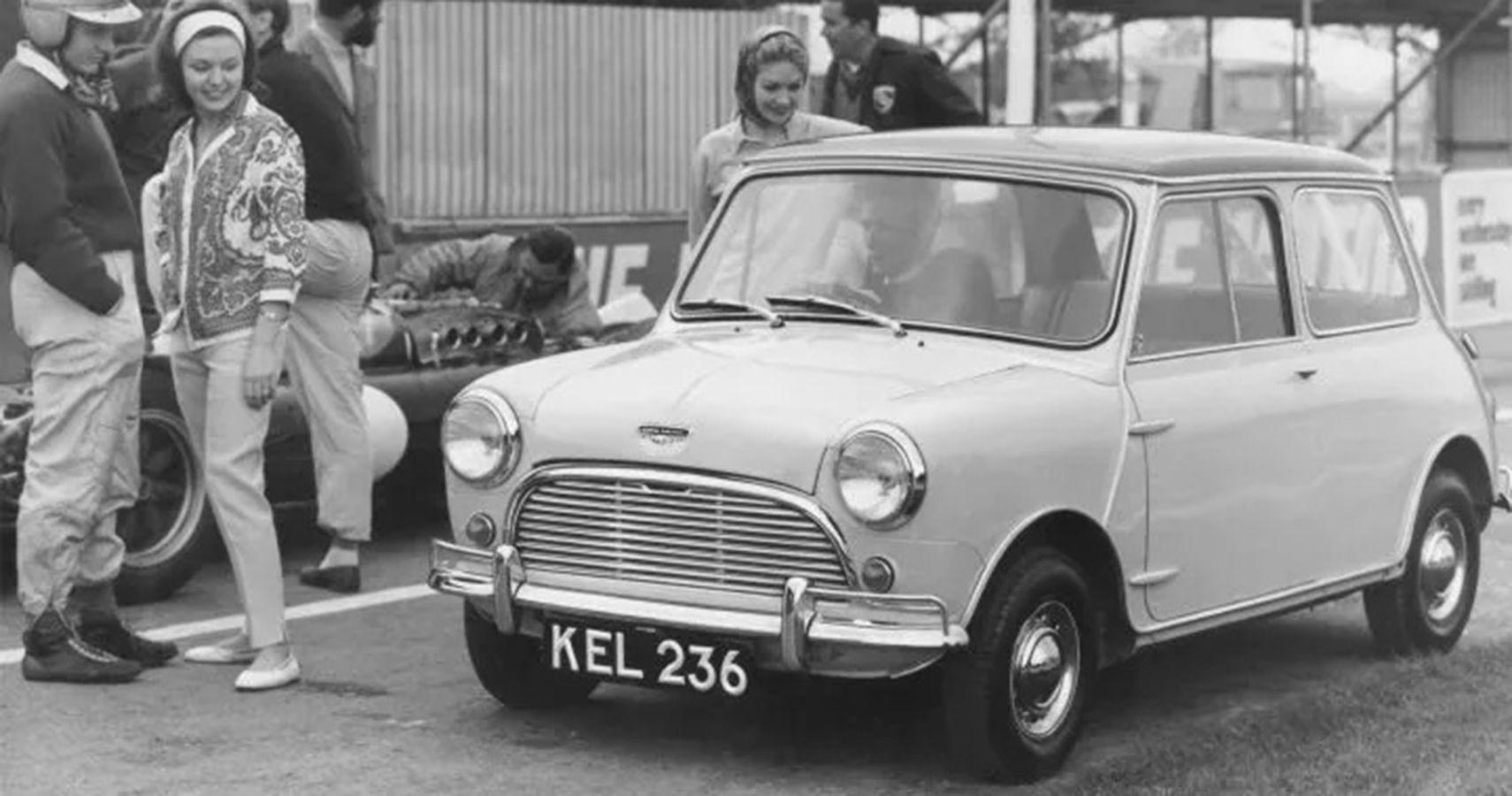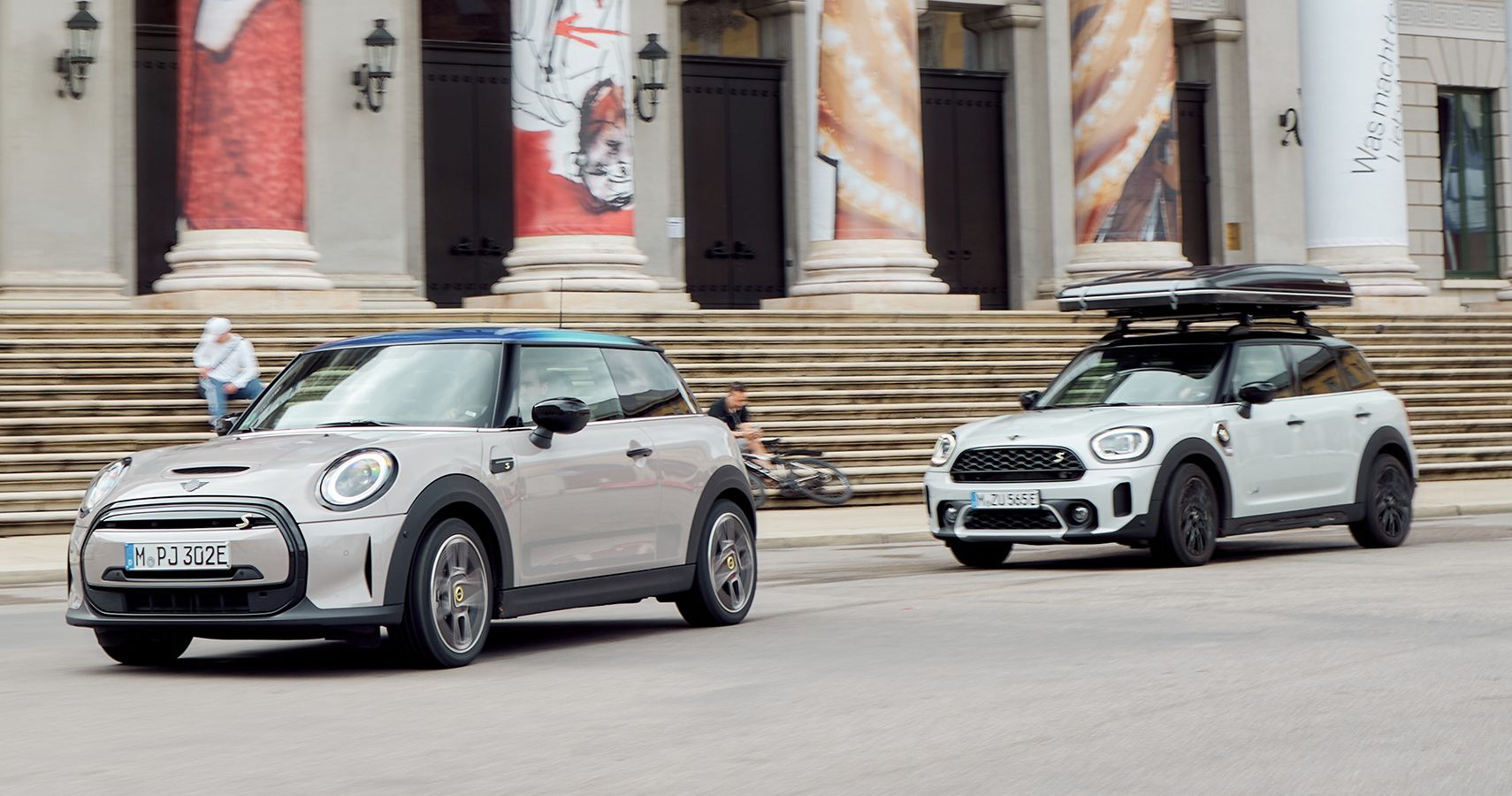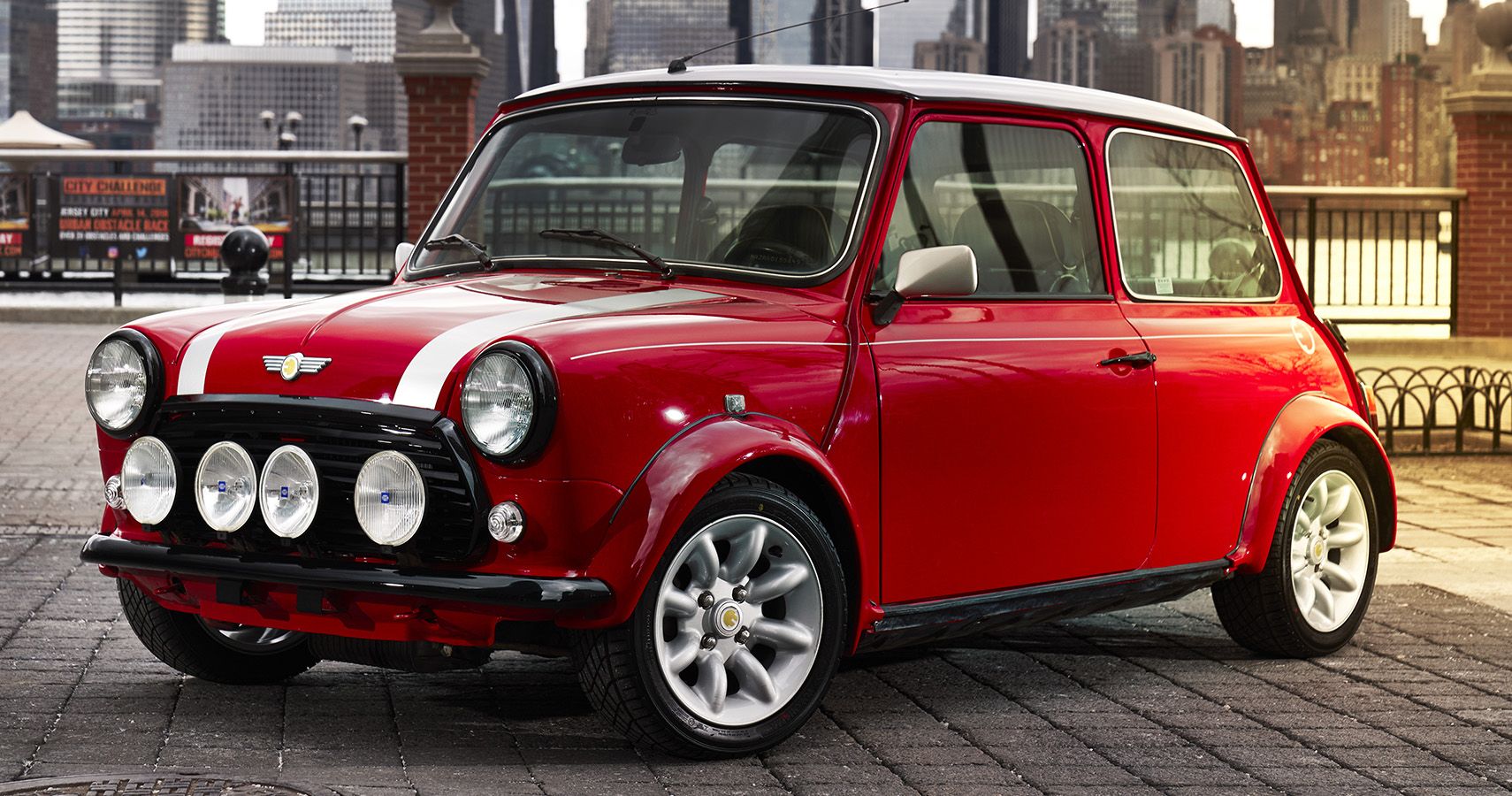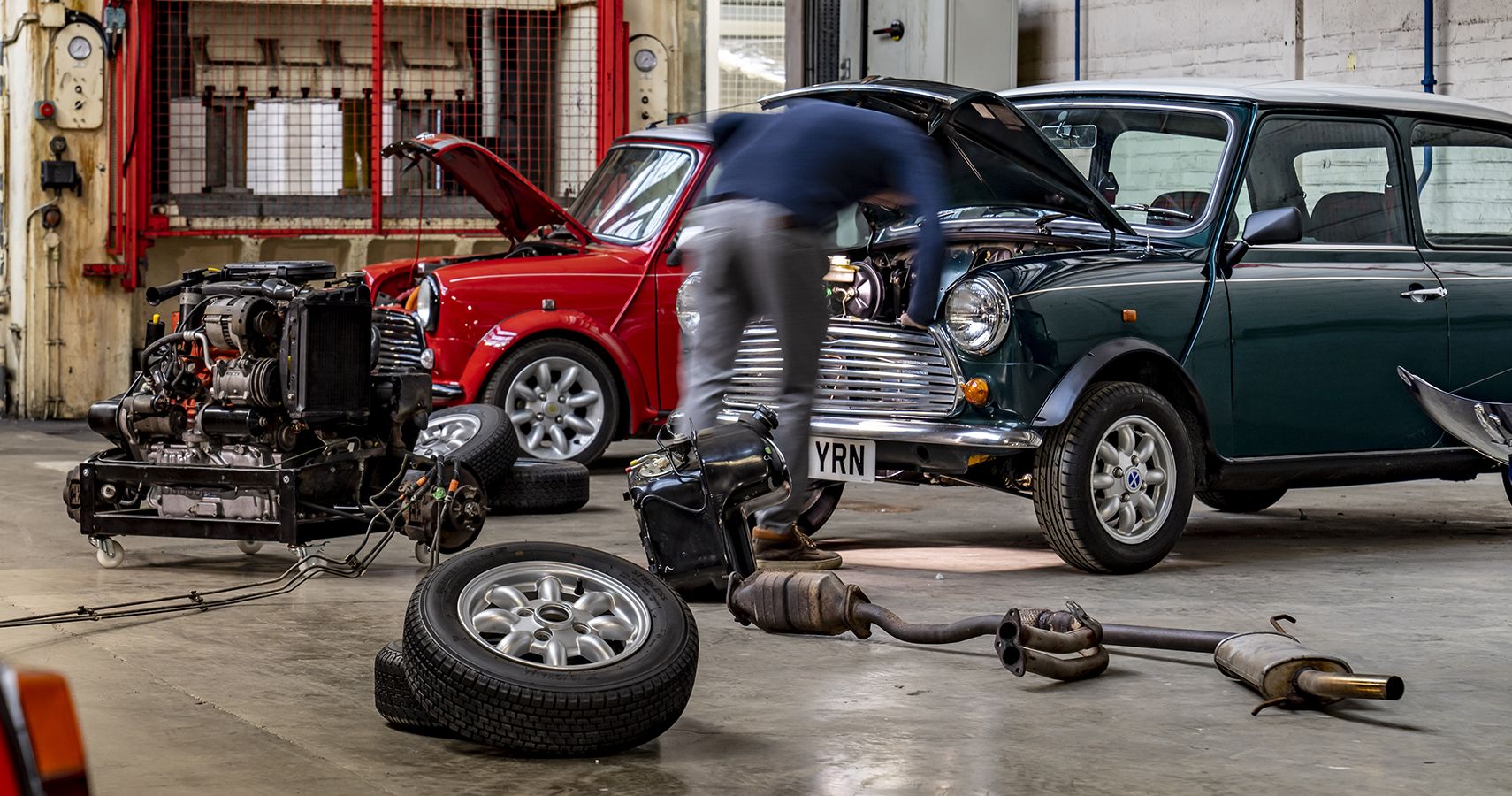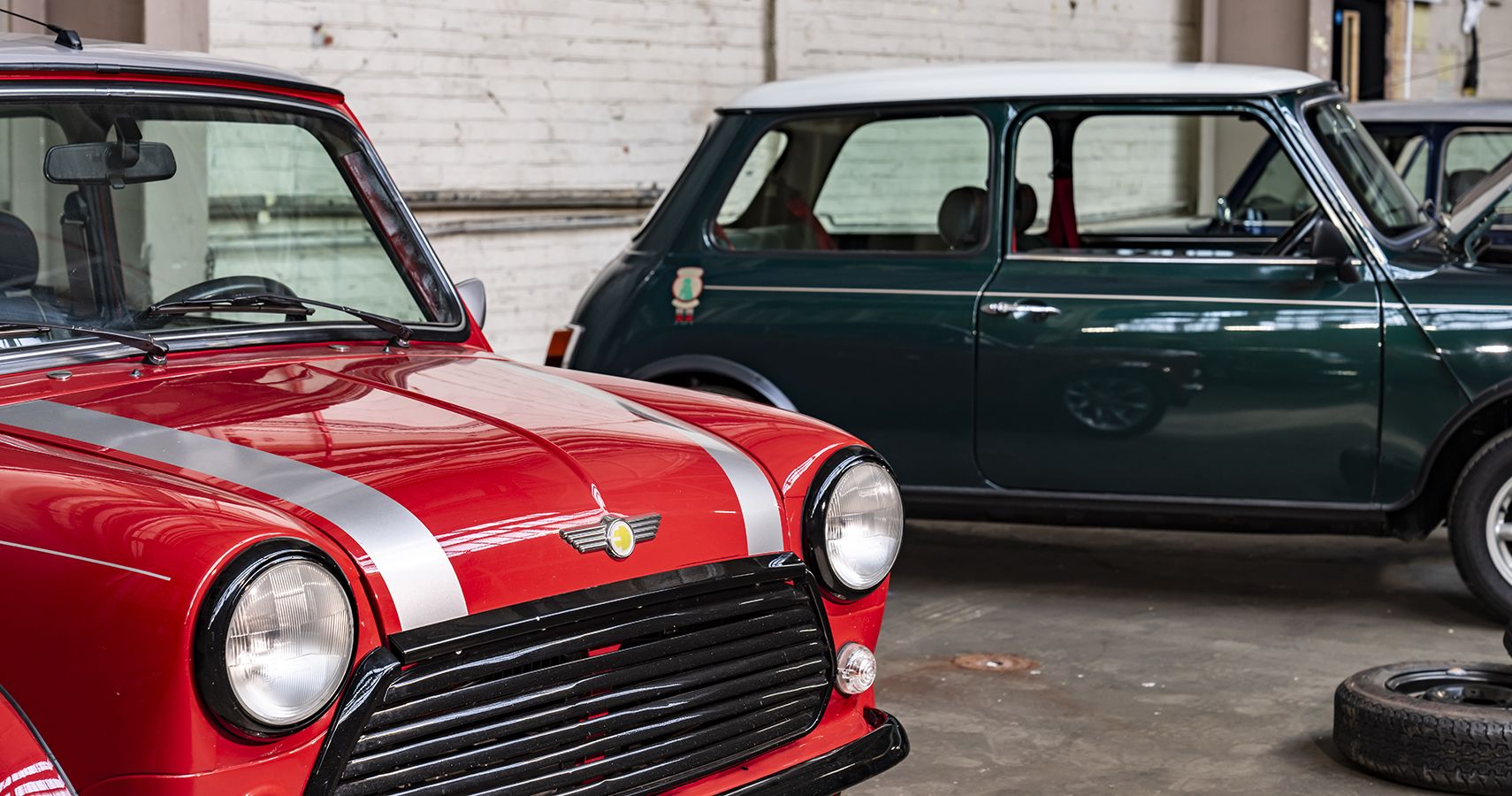The automotive world is surely entering a new era called electrification. Not a few carmakers have vowed to offer electric vehicles in the next few years, seeing that demand for such transport will be inevitably high in the near future. Some carmakers and brands are already promising to transform their entire lineup into EVs.
Moreover, a good number of carmakers and brands have already introduced their EV offerings. For instance, Ford started off with the Mustang Mach-E and then the F-150 Lightning, while GM already unveiled the Chevrolet Silverado EV and the Hummer EV. Even European carmakers and brands are joining the electric melee. For instance, Volkswagen is trying to erase the stigma of its diesel emissions scandal with its ID family of EVs.
Another European auto group, BMW, commenced its EV onslaught years ago with its i sub-brand. Other brands belonging to the group have started dancing with the electrifying tune, including the already iconic Mini brand.
Interestingly, while Mini already has an all-electric vehicle in its lineup, the brand wanted to go beyond the future by looking back at its past. Combining both, the Mini Recharged project was born, allowing classic Minis to be converted into sustainable EVs.
A Classic That Needs To Be Reborn
British Motor Corporation gave birth to the Mini two-door city car in 1959. Designed by Alec Issigonis, the Mini was BMC’s answer to the Suez Canal crisis of 1956. At the time, fuel prices were soaring in the United Kingdom, causing the driving public to review their appetite for large gas-guzzling vehicles.
The classic Mini quickly became an icon. The overall design of the classic Mini remained through succeeding generations, until it was ultimately taken off production in October 1999. By then, more than over 5 million classic Minis had been sold.
Until today, many drivers still pilot classic Minis. They even went as far as restoring and modifying their drives to ensure that their classic Minis can keep up with the times. BMW had the classic Mini succeeded by a modern version.
MINI’s Electrification Plans Through 2030
Mini as a brand soon assumed a pioneering role for sustainable mobility within the BMW Group. In 2008, the brand presented the Mini E, which is essentially a Mini Cooper converted into an EV for demonstration uses. The brand then launched Mini Cooper SE Countryman ALL4 Plug-In Hybrid model in 2017. The brand introduced the Mini Cooper SE, its first EV, in 2019. This Mini EV comes with an electric motor delivering 181 hp of output and 199 lb-ft of torque.
The Mini Cooper SE Countryman ALL4 and the Mini Cooper SE accounted for around 15 percent of the brand’s total global sales in 2021. Mini expects this figure to surge to 50 percent by 2027. The brand targets to have an all-electric lineup at the start of the next decade. In 2023, Mini will present the first model of the next-generation of purely electrically powered vehicles.
A Prelude To Electric Classic Minis
But before Mini unveils its next-gen EVs in 2023, it is giving the classic Mini a chance to up-cycle via electric conversion. This is not the first time Mini is doing this. In the 2018 New York Auto Show, the brand presented a classic Mini converted into an EV – the Mini Electric.
The Mini Electric concept was born from a carefully restored example of the classic Mini. It features an exterior wrapped in red paint and contrasted by a white roof and bonnet strip. The yellow Mini Electric logo is found in the brand emblem and on the wheel hubs. This one-off model received huge positive response, prompting Mini to carve out a plan to offer such conversion to classic Mini owners. This eventually resulted in the Mini Recharged program.
Mini Recharged: A Reversible EV Conversion Program
The Mini Recharged program is essentially a reversible conversion of a classic Mini into an EV. Mini replaces the original petrol engine of the classic Mini by a modern electric drive. This drive delivers up to 120 hp of continuous output, allowing the electrified classic Mini to zoom from zero to 62 mph in around nine seconds. A 6.6-kW high-voltage battery provides the electric juice, enabling the electrified Mini Classic to travel up to 100 miles.
As stated, the conversion is reversible, which means the electrified classic Mini can be retrofitted to its previous condition. In fact, the Recharged program marks and stores the original engine of each classic Mini in case of a future retrofit. All electrified classic Mini will feature the characteristic central instrument cluster that now displays the drive temperature, the selected gear, electric range and speed. Interestingly, electrified classic Minis don’t need a new registration.
Benefits Of Converting A Classic Mini Into An EV
Converting a classic Mini into an EV has many benefits. First, it extends the classic Mini’s life sustainably. Moreover, an electric classic Mini can now be driven in low-emission zones in large cities. This means classic Mini can be driven in London without the driver having to pay an environmental tax (or congestion charge). Lastly, drivers can gain a whole new driving experience with the car’s silent drivetrain and instant acceleration.
Source: MINI

